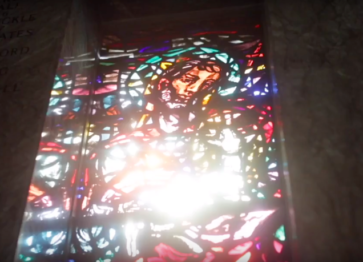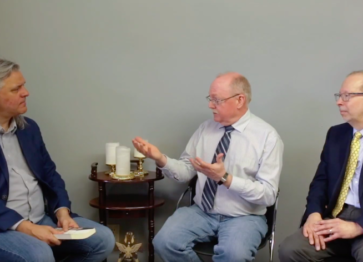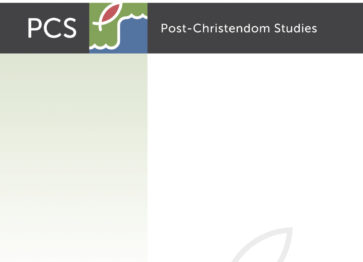Preaching is changing . . . rapidly! The reality of post-modern, post-Christian culture has necessitated a re-envisioning of the pulpit in the Western Church. One of the mainstays of Protestant spirituality and liturgy is in a time of significant transition. The question of the hour is, “how does one preach faithfully in a Post-Christendom era?”
This question is at the heart of the recent article by A. J. Swoboda in the Journal for Post-Christendom Studies. While preaching constantly needs to re-define itself according to the cultural context that it finds itself in, today there is a drastic need for re-definition because of the seismic shift in North American culture in general and the place of the church within that culture in particular. Swoboda describes the effect of these changes on preaching by employing the term “aesthetic society.” By this he means, “that aspect of a post-Christian society where truth discourse (‘true’ and ‘not true’) is predominately displaced by discourse in aesthetics as a natural by-product of widespread relativistic epistemic belief structures. In short, the aesthetic society of a post-Christian world is less likely to be interested in what is true and good as much as in what is beautiful and interesting, particularly, in the realms of religious discourse.”
The result is a society that celebrates the death of religious certainty and the tolerance of religious uncertainty. However, Swoboda maintains that, while relativism can challenge existing truth structures, it cannot undo the human drive to desire what is true. In the article he states, “the post-Christian world has not rejected religious reality. Rather, it locates it elsewhere outside a conversation of a truth claim which could be perceived or received as offensive in a pluralistic context. Relativists still yearn for truth, which is why secular atheism has taken on such religious dogmaticism and doctrinal purity. Discussion of beauty is largely the means by which one speaks of truth in a prevailing pluralistic society.”
According to Swoboda, the contemporary preacher confronts at least three attitudes in their listeners:
Theological eclecticism
Intellectual humanism
Passive contrarianism
Swoboda’s article describes and acknowledges the challenges that these attitudes create for the preacher today and how an appeal to beauty, that is, a presentation that makes the Christian faith “attractive” is essential to Christian preaching in today’s Post-Christian context.
The point is not to avoid the challenges of the Gospel or try and soft-sell its demands. Rather, the article points to the importance of the preacher him/herself. The personal embodiment of the message, by the preacher, is essential to the task of preaching. It is often the creativity that human beings bring to embodying/proclaiming the Gospel that makes it beautiful. As preachers, can we avoid the problem of hedonistic relevance and pandering and yet maintain the integrity and meaning of our unique embodiments of the divine image and the Gospel? If we can, then preaching still has relevance in an “aesthetic society” and the truthful beauty of the gospel will continue to make sense in a Post-Christendom world.
*The views and opinions expressed in this article are those of the author and do not necessarily reflect the official policy or position of McMaster Divinity College or the Centre for Post-Christendom Studies.*




